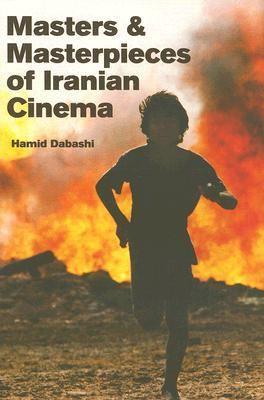If you’ve seen our beautiful exhibition Love and Devotion: from Persia and beyond, you might like to explore some other aspects of Iranian culture available on the browsing shelves in the Arts Reading Room.
Iran by Inge Morath, edited by John P. Jacob

Steidl, 2009
Austrian photographer Inge Morath travelled to Iran in 1956 in order to carry out a photographic assignment for Holiday magazine, and this volume of beautiful black-and-white photographs is the belated result; belated because her black-and-white camera malfunctioned during the trip and most of the images were damaged and therefore not published at the time. Digital technology has fortunately now saved them from this oblivion, and we can only be thankful that they survived because they are truly beautiful, capturing a country still deeply connected to its historic past.
Masters & masterpieces of Iranian cinema by Hamid Dabashi

Mage Publishers, 2007
Iranian film has emerged from the shadows in recent years, thanks mainly to film festival screenings and the rise of the global art-house circuit. Hamid Dabashi takes a close look at 12 of the most important filmmakers from the last 50 years, examining their work within the social and political context of the volatile environment of their country, pre and post revolution.
The complete Persepolis by Marjane Satrapi

Pantheon Books, 2007
Marjane Satrapi’s comic book memoir of her life in, and out, of revolutionary Iran has become something of a classic; it has even been turned into a beautiful animated movie.. The charmingly naive images counterpoint the at times grim and complex story of growing up within the furnace of the Iranian revolution. The wonder is that she also manages to inject humour and compassion into her harrowing tale, revealing the human stories that inevitably sit behind these cataclysmic events.
Royal Persian paintings : the Qajar epoch, 1785-1925: edited by Layla S. Diba, with Maryam Ekhtiar

Brooklyn Museum of Art, 1998
This wonderfully illustrated book concentrates on a period of Persian art which saw a flowering of figurative painting, centred on royal portraiture and greatly influenced by European traditions.
The State Library Foundation is curently raising funds to help with the purchase of this lovely illustrated copy of the Khamsa or ‘Quintet’, of the 12th-century Persian poet Nizami.


